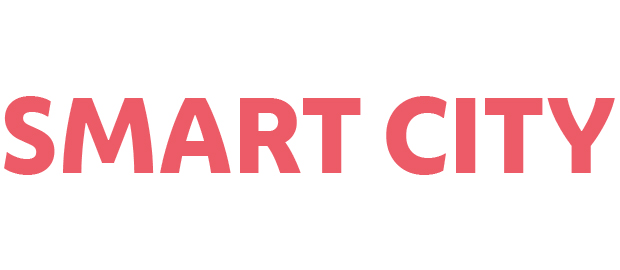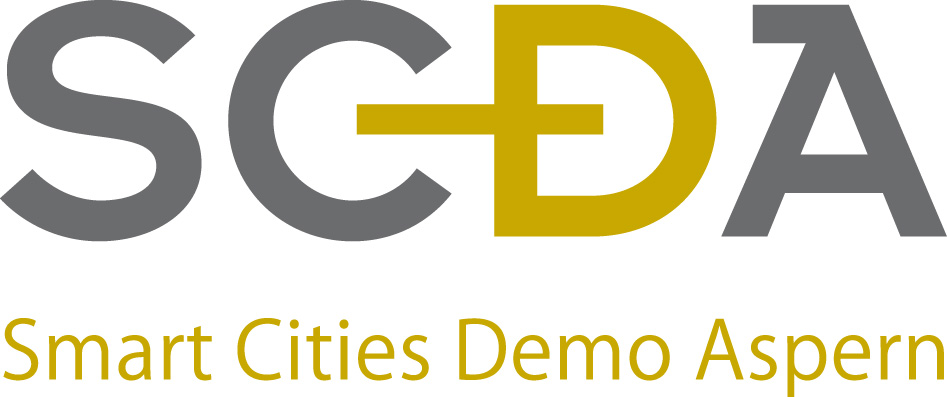In the course of this project the consumption behaviour of differnt “energy types” is to be analysed. Vienna’s Urban Lakeside (Seestadt Wien) serves as an example how cities of the future can be energy efficient and environmentally friendly.
With the guidance of the research company Aspern Smart City Research (ASCR) a widely distributed consortium has been developed with the goal of realizing one of the most innovative and sustainable energy efficiency demonstration projects in Europe. Along with the industry partners Wien Energie, Wiener Netze and Siemens the Austrian Institute of Technology (AIT) serves as an educational partner. The city of Vienna is involved through the municipal and city building authorities – (leader Seestadt Aspern) as well as the division of city development and planning (MA 18). The final portion of the consortium consists of the KMU Technisches Büro Käferhaus, Moosmoar Energies and SERA energy & resources.
At a total cost of approximately €8 million, the lead project “Smart Cities Demo Aspern” is supported by the Austrian climate and energy fund with approximately €3.7 million.
Initial situation
Cities are increasingly supplied by renewable energy sources, which may lie within as well as outside of the city. The increased integration of all energy sources in the energy markets and electrical grid will eventually lead to volatility in the price of energy. Additional investment in the infrastructure of the electrical grid is becoming necessary. Congestion management based on the market and on the grid is becoming more important. In order to ensure both a stable system and market, the importance of flexible energy availability has increased dramatically. Cities, as major users of energy, must be able to be flexible with their demand in order to avoid having to create additional reserves during the production of energy.
“aspern – Die Seestadt Wiens” offers excellent condition for the deployment of Smart City Technologies in test beds. By 2030 , a planning area of 240 hectars will be developed. Over 8,500 residences for 20,000 residents will be created along with 20,000 jobs.
Planned project approach
The model project “Smart Cities Demo Aspern” has the goal of implementing a Smart City area on a large scale for the first time. An integrated approach in the areas of buildings, energy grid and IKT-based integration will be implemented in three mixed-use building areas (college student dormitories with 300 rooms, apartments with 213 units, school buildings including an elementary school and a kindergarten). In addition new concepts for user involvement are being developed.
Goals and expected results
In order to structure the complex relationships of the test beds, the goals and the desired results were divided into three levels. The base level forms the implementation of the test bed infrastructure. Building on that is the interaction and networking of buildings and the energy grid, which is evaluated with a new type of IKT system. “Smart Cities Demo Aspern” is aiming for a successful implementation and a smooth operation of the planned smart infrastructure. The result should be efficient communication along with an energy efficient implementation of the technical components that are in use.
The second level includes flexible automation of buildings while taking into consideration volatile, renewable energy sources and different types of storage systems (electrical and thermal) as well as the operation of the stand-alone measuring and assessment systems in the low-voltage network. A data warehouse solution enables flexible communication between the individual areas.
The networking of buildings and the energy grid as well as the inclusion of energy storage facilities is expected to result in long-term savings in the areas of energy and cost. This will reduce the costs for the infrastructure investments and will make the inclusion of renewable and CO2-efficient energy sources possible.
The users and their interface with the technical systems constitute the third level. In “Smart Cities Demo Aspern” innovative approaches are taken to develop user involvement. Different possibilities of communicating time variable costs are compared and field-tested in an effort to gather realistic and long-term feedback. The groundwork for future research and development cooperation in this area is being laid with this project.
Knowledge gained out of this implementation will be used to improve operations and regulation strategies of buildings and energy grids. Applications can be found in the user interaction for optimal energy use and to develop further the reduction of CO2 emissions.
Contact
Aspern Smart City Research Gmbh & Co KG (ASCR)
E-Mail: office@ascr.at
Website: ASCR
This post is also available in: German




